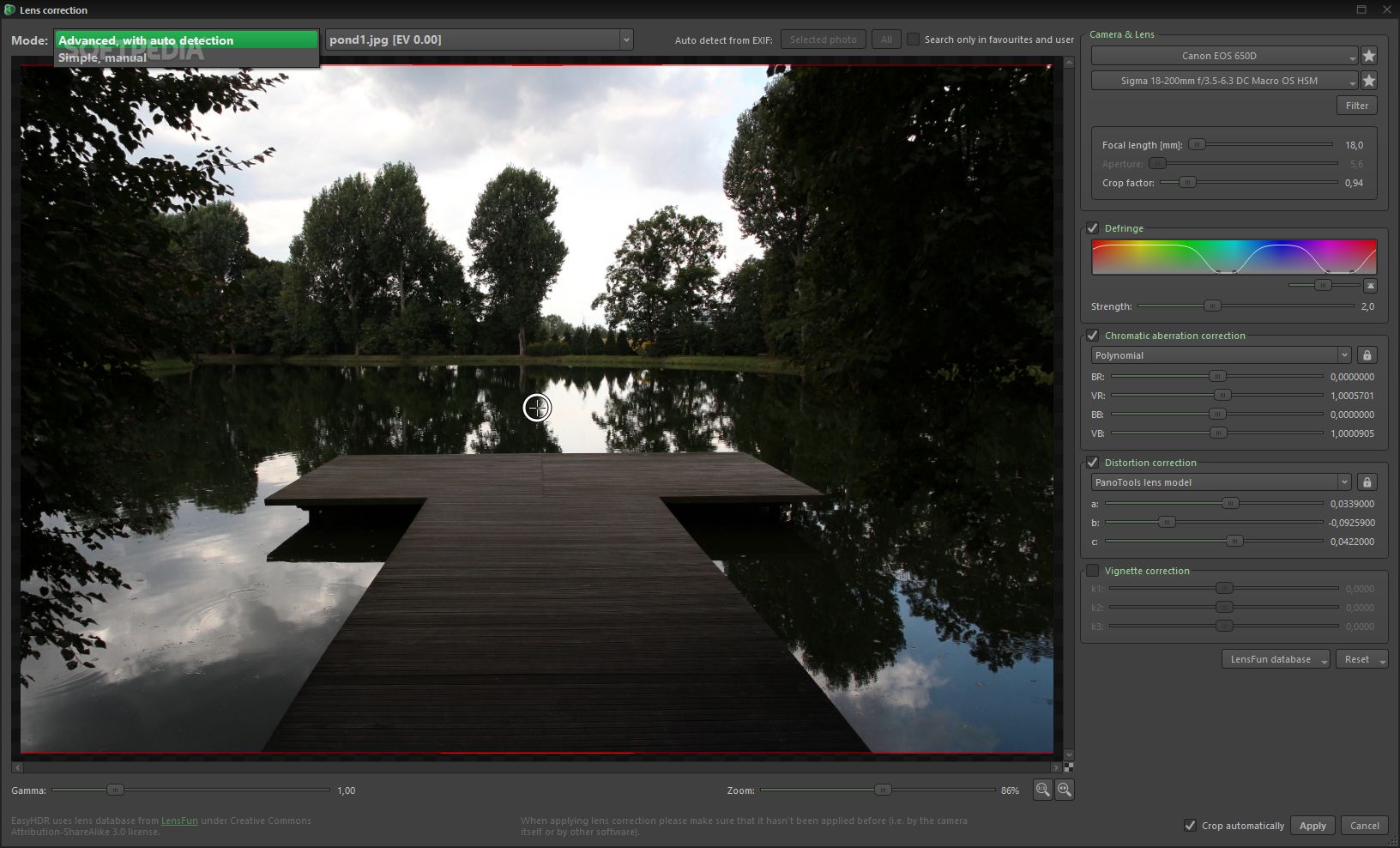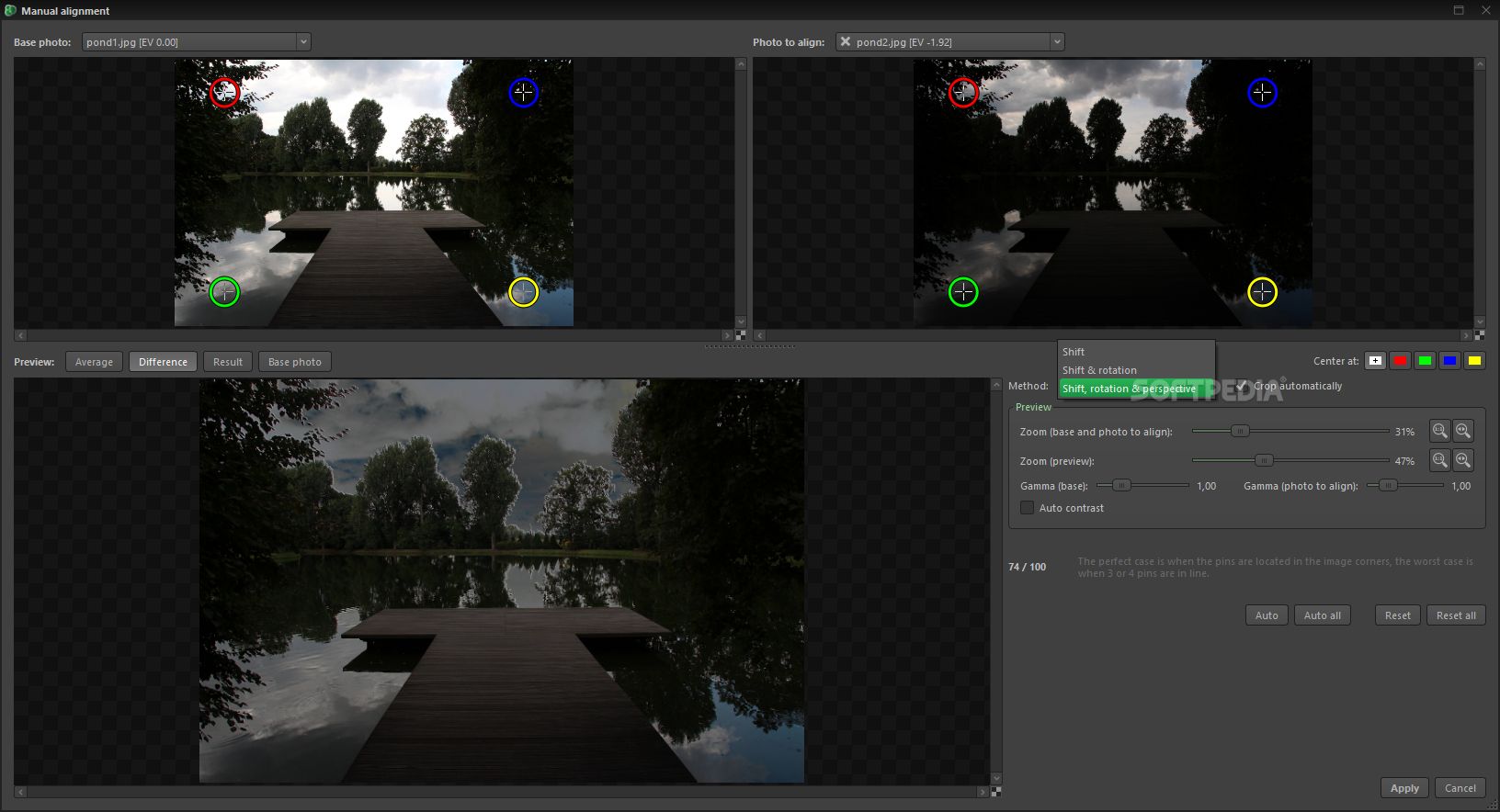

The proposed method allows us to separately estimate a spectral distribution of illumination, reflectance, or camera sensitivity, while recent hyperspectral cameras are limited to capturing a joint spectral distribution from a scene. In this paper, we propose a novel method for separately estimating spectral distributions from images captured by a typical RGB camera. In an experiment, the proposed method not only outperforms white balancing but also has almost the same performance as Cheng’s method with 24 target colors. In addition, the combination of three target colors is discussed to achieve color constancy correction.

Accordingly, we propose three-color balancing. Moreover, if the number of target colors is three, multi-color balancing can be performed without any error minimization. From our observation, when the number of target colors is greater than or equal to three, the best performance of multi-color balancing in each number of target colors is almost the same regardless of the number of target colors, and it is superior to that of white balancing.

In this paper, we first discuss the number of target colors for multi-color balancing. However, there are still three problems that have not been discussed: choosing the number of target colors, selecting target colors, and minimizing error which causes computational complexity to increase. proposed multi-color balancing to improve the performance of white balancing by mapping multiple target colors into corresponding ground truth colors. White balancing is a typical adjustment for color constancy in an image, but there are still lighting effects on colors other than white. This paper presents a three-color balance adjustment for color constancy correction. Experimental results on high-resolution images and standard video sequences show that the proposed post-filtering method provides average BD-rate savings of 31.44% over JPEG and 54.61% over HEVC (x265) for RGB images, Y-BD-rate savings of 26.21% over JPEG and 15.28% over VVC (VTM) for grayscale images, and 15.47% over HEVC and 14.66% over VVC for video sequences. The proposed method provides substantial performance improvements compared with both common image codecs and video coding standards.

The proposed architecture is built using a set of efficient processing blocks designed based on the following concepts: (i) the multi-head attention mechanism for refining the feature maps, (ii) the weight sharing concept for reducing the network complexity, and (iii) novel block designs of layer structures for multiresolution feature fusion. A novel deep neural network architecture is proposed to estimate fine refinement details for full-, half-, and quarter-patch resolutions. The video sequences are encoded using previous and ongoing video coding standards, high-efficiency video coding (HEVC) and versatile video coding (VVC), respectively. The lossy images are encoded using common image codecs, such as JPEG and JPEG2000. The paper proposes a novel post-filtering method based on convolutional neural networks (CNNs) for quality enhancement of RGB/grayscale images and video sequences. Extensive experimental results demonstrate that the proposed method outperforms the state-of-the-arts quantitatively and qualitatively. In addition, recursive computation is used in each stage to reduce network parameters while improving performance. Finally composite module integrates the features to produce a clean image with rich details. Next, local features are extracted in the residual learning module by combining the recurrent layer and residual blocks. Specifically, we first introduce the gated recurrent unit in the feature extraction module, which can effectively extract image features while preventing model overfitting. The RGBA image information captured by the soft color segmentation is used as the input for the auxiliary learning. It gradually recovers the image by repeatedly invoking an auxiliary progressive network. In this paper, we propose a progressive network incorporating color layers. While deep learning-based dehazing methods have achieved significant success in recent years, most emphasize more on dehazing and less on image color recovery.


 0 kommentar(er)
0 kommentar(er)
